
Characteristic of a region, a village, discover the traditional village settlements and the elements of rural heritage which comprise them.
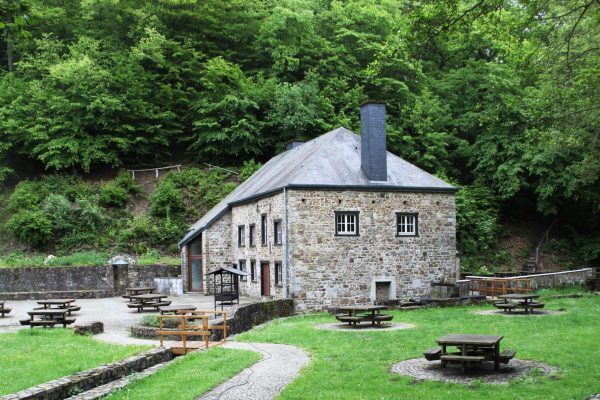
A privileged location, at the bottom of the valley and taking advantage of the natural elements, for this old mill whose origins date back to the year 1600.

A day at the Aubechies Archeosite is an impressive journey through 5000 years of our past. An unforgettable adventure in a real open-air museum...
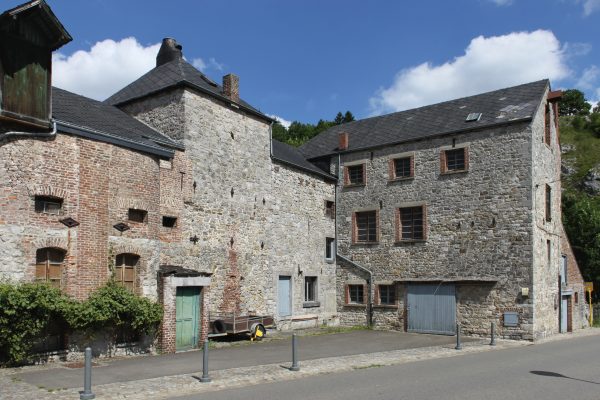
Evidence of the village's brewing activity since 1847.
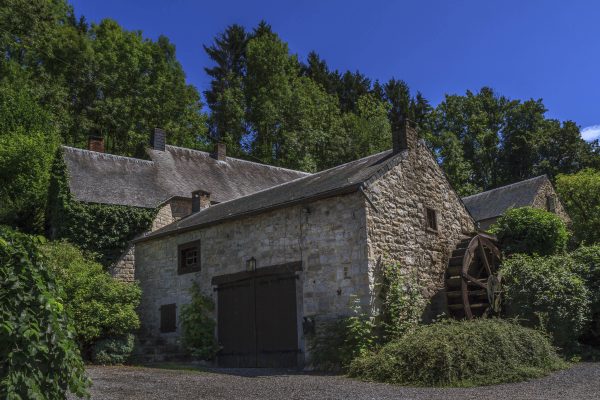
The banks of the streams in Crupet bear witness to the presence of numerous mills in the past.
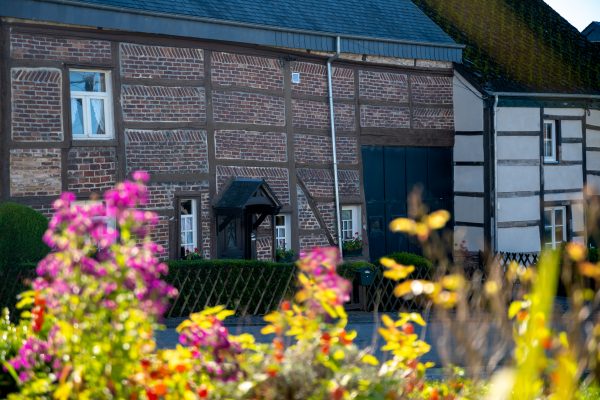
Some of the traditional houses in Mirwart still proudly bear witness to an old building technique.
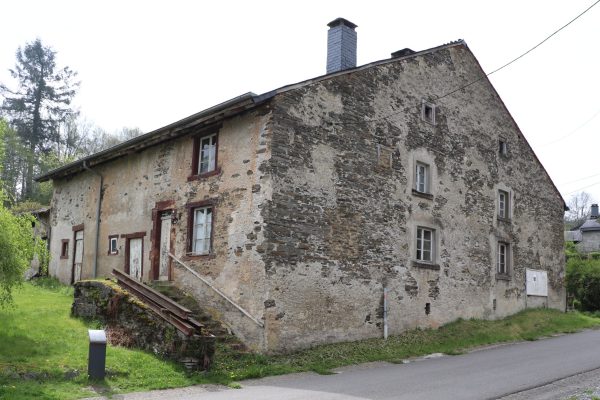
Textures, materials and traditional volumetry characterise this old Ardennes farmhouse.
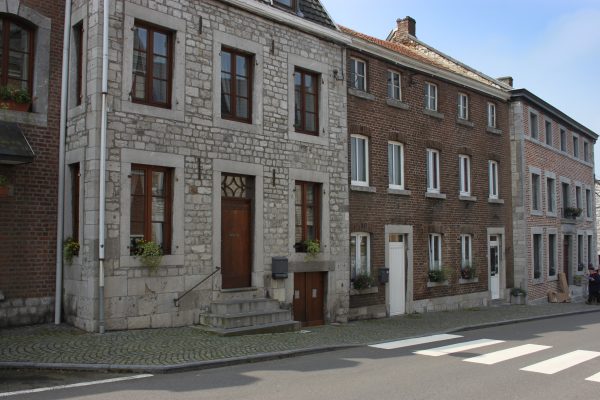
Reminiscence of an old village activity.
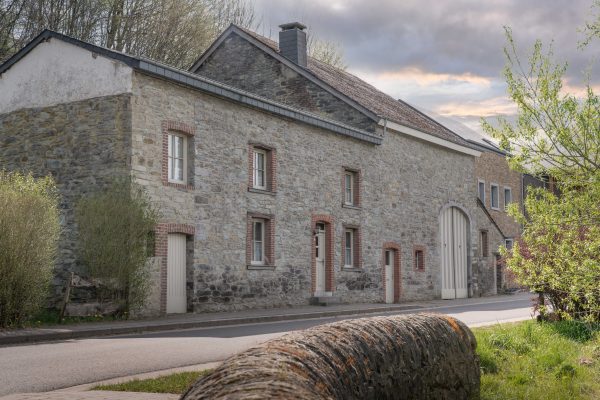
With its elongated layout parallel to the road, it seems to guard the access to the old shale bridge.

The origins of this former flour mill date back to at least 1619 and it was the site of local resistance during the Second World War.
The association Les Plus Beaux Villages de Wallonie (The Most Beautiful Villages of Wallonia) oversees a network of 32 villages, bearers of a strong territorial identity and reflecting traditional architecture. It is committed to promoting the rural, cultural and natural heritage of Wallonia and is a part of the development of local and responsible tourism.
More information